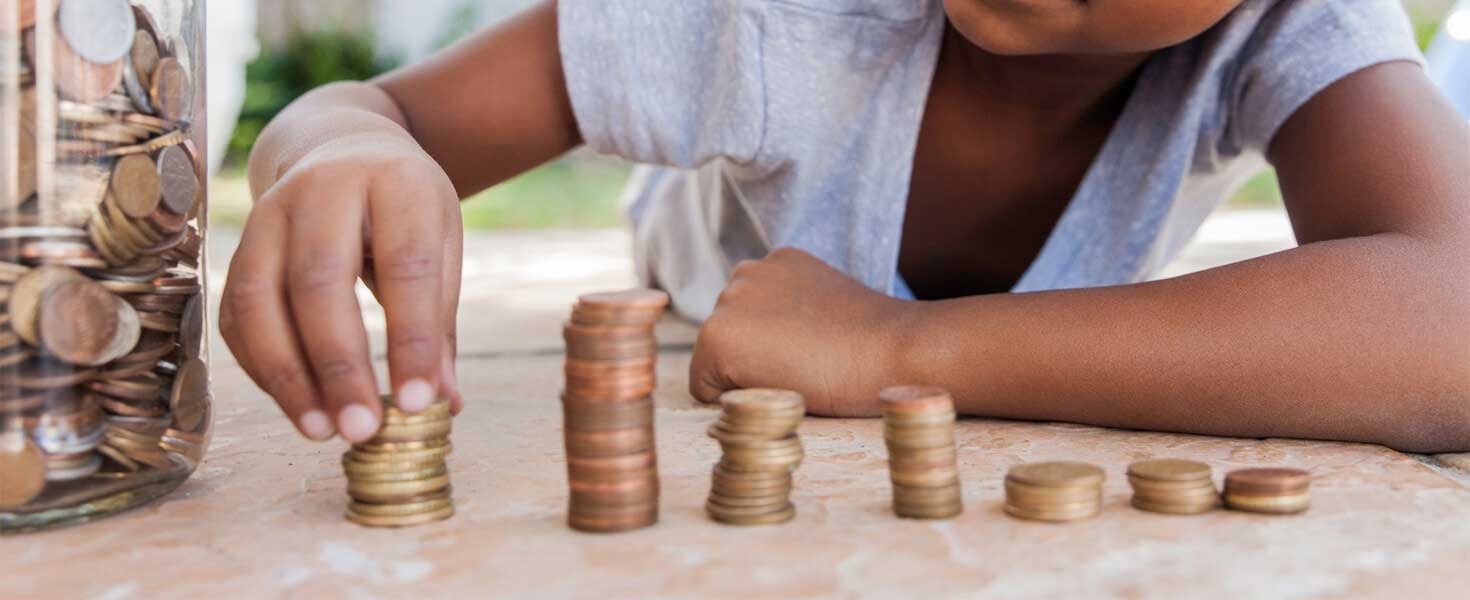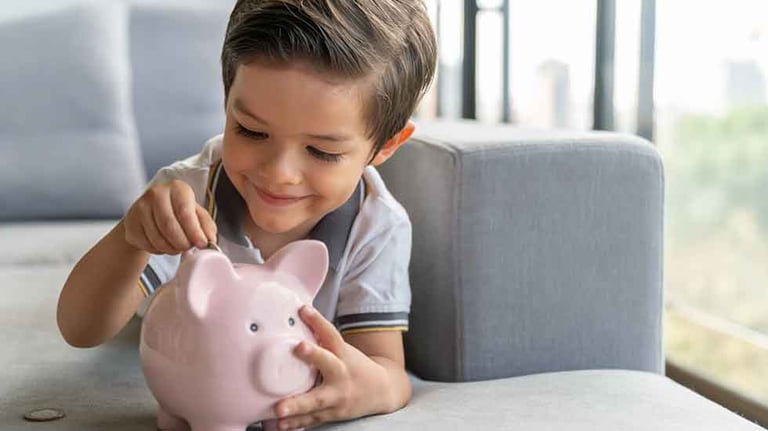Get started teaching your kids about personal finance
Games and activities can make it easy and fun


It's essential to start teaching your kids good money habits when they are young. There are many fun and educational activities and games you can play with your kids to help them understand basic personal finance skills.
Save always, save early
Amazon sells a plethora of items that can help young kids learn good money habits. One key lesson is to start saving early. Even with cash gifts from the grandparents, it's a good idea to start a habit of not spending 100% of the money you receive. A playful take on the piggy bank uses transparent Lego-style blocks to create three stackable banks bearing the labels: Save, Spend, Share. Check out Maxwill block bank on Amazon; about $18. This is a great starter piece for talking to your kid about the various things you can do with money and the importance of each.
Set a goal
For the “Spend” part of the piggy bank, help your child set a goal. Daily count the money that has been saved, help the child see their progress towards the goal, and make any needed adjustments. Adjustments might include changing the goal to something they want more or deciding to save for longer to be able to buy something more expensive. Many valuable lessons can be learned here, including patience and flexibility.

Budgeting
For kids eight and up, many board games teach money sense. From managing your allowance to balancing wants vs. needs, and even paying taxes, these board games can make a fun activity for the whole family. Check out Managing My Allowance on Amazon; about $25.
Real-life example
Include your child in your real-life financial decisions. Building on some of the concepts in the above games, you can include your child in those decisions when, for example, they are shopping with you. First, talk through your thought process on some purchases. Eventually, tell your child what you need and let your child choose between two options in the grocery store, then talk through their reasoning. Did they choose a larger size or smaller sized product? Did they choose the more expensive option? Bigger and cheaper aren't always better choices; the thought process is what is essential.

Demonstrate interest
Before your kids are old enough for a bank account, teach them two valuable lessons: 1) every little bit counts and 2) the wonders of compounding interest. Give you kid $1 and explain that it will grow at 50% interest. Then every day, payout the interest. So, on day two, your kid gets $0.50. On day three, your kid gets $0.75. By day nine, your kid will have over $25.
Finally, if you don't mind a bit more screen-time, there are several online games and apps that kids can use. As kids get older, there are investing apps that they can use utilizing fake money to learn how the markets work. For younger kids, there are savings apps and retail scenario games. When your kid is old enough for real cash, there are debit cards just for kids, like the popular Greenlight Card.
